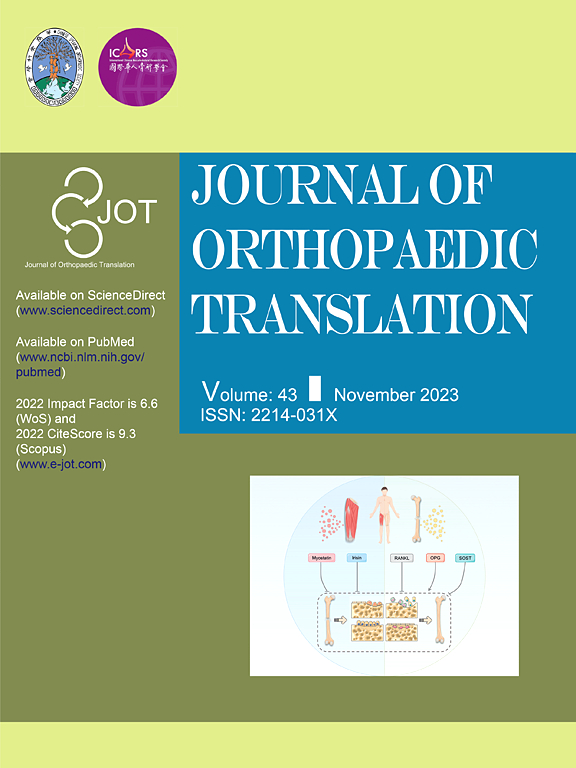Importance to understand medical device regulations for accelerating clinical translation
IF 5.9
1区 医学
Q1 ORTHOPEDICS
引用次数: 0
Abstract
Clinical translation of medical devices is determined by many factors and is challenging for certain countries or regions as no regulatory body is available to approve related applications. They must rely on application for regulatory bodies of other countries or regions who have independent medical device regulatory systems, while the major markets regulatory process is different. For example, considering the market size and policy orientation, mainland China may be a good option for Hong Kong research organizations. Typically, China National Medical Products Administration (NMPA) has positioned innovation as a key growth engine and implemented various mechanisms to expedite the registration, including Marketing Authorization Holder policy (MAH), as well as the setting up of the NMPA's Guangdong-Hong Kong-Macao Greater Bay Area (GBA) Branch Office, type test reform and application for securing innovation channel application. However, there are still many challenges in the transitional process for Hong Kong universities or research institutions, to set up a company in mainland and then prepare many documental files from very beginning. In the future, taking advantage of NMPA reform and seeking cooperation with the NMPA to establish an independent regulatory body in Hong Kong to be recognized by NMPA is recommended as this alone will boost innovation in life sciences and boost in Hong Kong, and have a positive impact on the commercialization of medical devices in mainland China. Such example may also be relevant for many countries or regions who are seeking medical device approval in the designated regulatory systems.

了解医疗器械法规对加快临床翻译的重要性
医疗器械的临床翻译是由许多因素决定的,对于某些国家或地区来说是具有挑战性的,因为没有监管机构可以批准相关申请。它们必须依靠具有独立医疗器械监管体系的其他国家或地区的监管机构的申请,而主要市场的监管程序不同。例如,考虑到市场规模和政策导向,中国大陆可能是香港研究机构的一个很好的选择。通常,中国国家药品监督管理局(NMPA)将创新定位为关键的增长引擎,并实施了各种机制来加快注册,包括上市许可持有人政策(MAH),以及设立国家药品监督管理局粤港澳大湾区(GBA)办事处,型式试验改革和申请,以确保创新渠道的申请。然而,香港大学或研究机构在内地成立公司,并从一开始就准备许多文件,在转型过程中仍然面临许多挑战。未来,建议利用国家药监局改革的机会,寻求与国家药监局的合作,在香港建立一个独立的监管机构,并得到国家药监局的认可,这将促进香港生命科学的创新,并对中国大陆医疗器械的商业化产生积极影响。这样的例子也可能与许多正在寻求医疗器械在指定监管体系中获得批准的国家或地区相关。
本文章由计算机程序翻译,如有差异,请以英文原文为准。
求助全文
约1分钟内获得全文
求助全文
来源期刊

Journal of Orthopaedic Translation
Medicine-Orthopedics and Sports Medicine
CiteScore
11.80
自引率
13.60%
发文量
91
审稿时长
29 days
期刊介绍:
The Journal of Orthopaedic Translation (JOT) is the official peer-reviewed, open access journal of the Chinese Speaking Orthopaedic Society (CSOS) and the International Chinese Musculoskeletal Research Society (ICMRS). It is published quarterly, in January, April, July and October, by Elsevier.
 求助内容:
求助内容: 应助结果提醒方式:
应助结果提醒方式:


